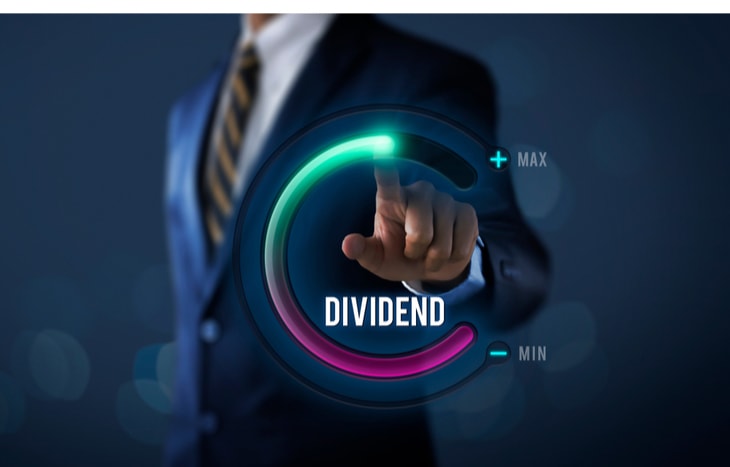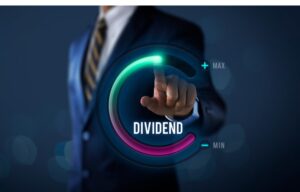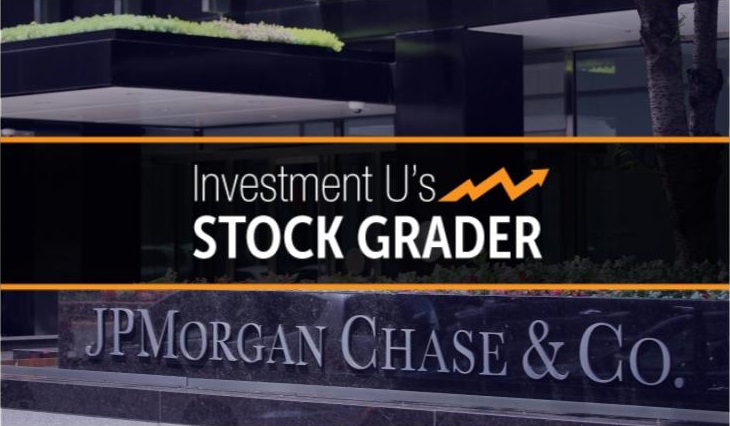Are High Dividend Stocks a Safe Bet in This Economy?

During economic turbulence and bear markets, many investors reallocate their portfolios to take a more defensive stance. Dividend stocks become a smart play – especially the Dividend Aristocrats that have a proven history of maintaining that dividend. But what about high dividend stocks? Are these still safe investments in a market that might be trending flat or down in the near-term?
High dividend stocks can be a risky bet without a little investigation – but many times, they’re as safe as any other. Let’s take a look at how to evaluate safe high dividend stocks in a market that’s volatile and trending toward depressed.

What Is a High Dividend Stock?
There are about 3,000 different dividend-paying stocks on the market at any given time. The rates of their dividends vary greatly. Right now, the average dividend yield across all dividend-paying companies is about 2.2%. This doesn’t mean everything above a 2.2% yield is high – rather, this number provides a benchmark for the norm.
High dividend stocks usually yield 6% or more (triple the average). Be wary of dividends of more than 10%, although companies like Magellan Midstream Partners (NYSE: MMP) prove that healthy companies can offer double-digit dividend yields. Anything higher than a 15% yield means you’re getting into risky territory. Generally, REITs are the only type of investment able to sustain their success with such a hefty dividend payout.
How to Evaluate High Dividend Stocks
If you’re going to invest in high dividend stocks, evaluate them thoroughly. The best long-term dividend stocks are those with a track record of dividend growth that have never cut it.
The obvious place to start looking is among the Dividend Aristocrats – companies that have increased their dividend payouts for 25 consecutive years or more. There are only a handful of these high dividend blue chip stocks and most of them are household names. Think AT&T (NYSE:T), which has a 6.82% yield, or Exxon-Mobile (NYSE: XOM), which offers an 8.51% yield. They’re historically safe investments.
Looking for high dividend stocks you can count on outside of the fabled Dividend Aristocrats? You’ll have to do a bit more research. Use a stock screener to filter for dividend companies and the economic sector you’re interested in. Then, check the financial fundamentals of the company. If they look good, look at the dividend history and ask yourself the following questions:
- How long have they paid a dividend?
- Has the yield grown and if so, at what rate?
- Based on the company’s cash flow, can it afford to sustain that yield?
- Is there any history of cuts or decreases to the dividend?
Without due diligence, investors risk falling into a dividend trap. They get attracted by high yields that aren’t sustainable and buy into a stock, only to see the dividend slashed shortly after. A good way to avoid this trap is to evaluate a stock as if it didn’t offer the dividend. If it’s a junk investment without the dividend, chances are it’s still a bad play with it.
The Risk of a High Dividend Yield
Typically, a dividend is the sign of a healthy company – especially a growing one. Companies issue dividends as a reward to shareholders and as an incentive to stay invested. But this sword cuts both ways. Once a company starts paying a dividend, it needs to keep paying it. If it chooses to cut it (or needs to cut it to cover expenses), it’s a big red flag about the company’s cash flow and financial health.
The higher the dividend, the larger the financial obligation of the company. A company promising a 6% dividend to its shareholders will pay out more than a company with a 2% dividend. This might not be a problem in a bull market… but we’re no longer in a bull market. Companies might need cash now to pay back debts or fund operations, which means reassessing their dividends. If they can’t afford to pay out a high dividend, some companies will decrease their dividend or even cut it altogether.
High Dividends Are a Smart Investment
In bear markets and turbulent times, dividend stocks can represent a safer play than growth stocks. High dividends especially are a great way to beat a down market. If you can hold companies like Universal Corp (NYSE: UVV), which has a 6.70% yield, or rely on the 6.17% yield from Bank of Montreal (NYSE: BMO), your portfolio is likely to fare better when the market performs poorly.






